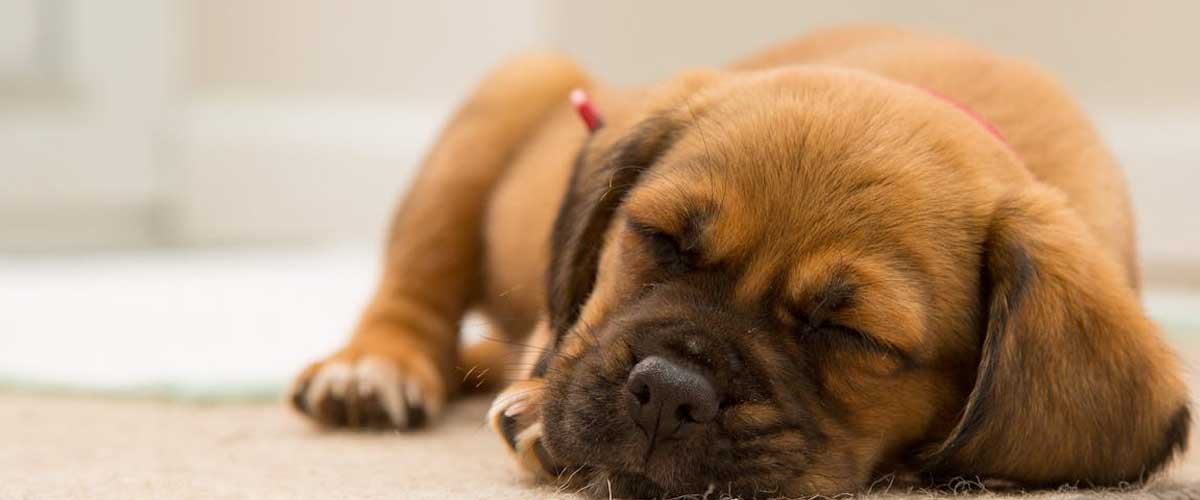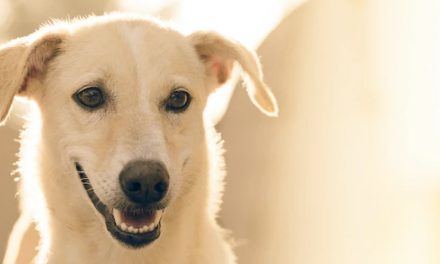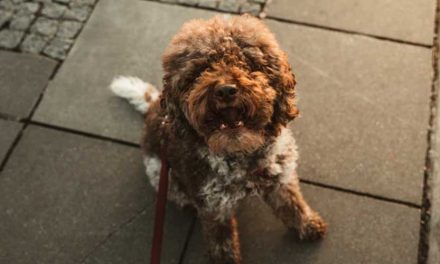Dogs are often considered man’s best friend, and their behavior can sometimes leave us scratching our heads.
One common question many dog owners have is: do dogs sleep all day when left home alone?
To answer this, we need to consider various factors such as a dog’s breed, age, health, and overall lifestyle.
The Sleeping Patterns of Dogs
Dogs naturally sleep a lot; on average, an adult dog sleeps between 12 to 14 hours a day.
Puppies and older dogs may sleep even more—up to 20 hours.
When left alone, many dogs do indeed spend a significant portion of that time sleeping.
However, the idea that dogs simply sleep the day away may oversimplify their behavior.
Factors Influencing a Dog’s Sleep
1. Age:
Puppies and senior dogs tend to sleep more than young adult dogs.
Puppies, with their bursts of energy and developmental needs, may alternate between periods of high activity and long naps.
Senior dogs often require more sleep due to decreased energy levels.
2. Breed:
Some breeds are more active and require more stimulation than others.
Working breeds, such as Border Collies or German Shepherds, may become bored and anxious if left alone for long periods, leading them to engage in destructive behavior instead of sleeping.
Conversely, more relaxed breeds, such as bulldogs or pugs, might be content to snooze away the hours.
3. Exercise and Stimulation:
A well-exercised dog is likely to sleep better when home alone.
Regular physical activity can help expend energy and promote relaxation.
Dogs that don’t receive enough exercise may have a harder time settling down and could resort to barking or destructive behavior out of boredom.
4. Separation Anxiety:
Some dogs may experience separation anxiety when left alone, which can affect their behavior and sleeping patterns.
Such dogs might pace, whine, or look for ways to escape rather than sleep.
This behavior is more common in dogs that have been adopted from shelters or those that have experienced trauma.
What Do Dogs Do When They’re Not Sleeping?
While dogs do sleep a lot, they also spend time being alert, exploring their environment, or engaging in other behaviors.
When left alone, a typical dog’s day might include:
Checking Their Territory:
Dogs have a strong instinct to ensure their environment is safe.
They may spend time exploring their home, looking out windows, or sniffing around for intriguing scents.
Playing with Toys:
Some dogs will entertain themselves by playing with chew toys or other safe items.
Interactive toys that dispense treats can keep them engaged for longer periods.
Resting but Awake:
Dogs often enjoy a light sleep or rest period, where they are still semi-alert and can respond to sounds or movements.
Tips for Keeping Your Dog Happy While Home Alone
To ensure your dog is comfortable and content when left alone, consider these tips:
Daily Exercise:
Make sure your dog gets plenty of physical activity before you leave.
A brisk walk or playtime can help tire them out.
Enrichment Activities:
Provide toys that challenge your dog mentally, such as puzzle toys or food-dispensing balls, to keep their mind engaged.
Comfortable Space:
Create a cozy area for your dog with their bed and favorite toys.
This can help them feel more secure.
Short Absences:
If your dog struggles with being left alone, try practicing by leaving them for short periods and gradually increasing the duration.
Consider a Companion:
If feasible, adopting another dog can provide your pet with companionship, reducing feelings of loneliness when you’re away.
Conclusion
While dogs may sleep a considerable amount of time when left home alone, they also display a range of behaviors that can reflect their emotional and physical needs.
Being attentive to these needs and ensuring they have enough stimulation can alleviate boredom and anxiety, ultimately making their alone time more enjoyable.
Understanding your dog’s habits can lead to a happier, healthier relationship between you and your furry friend.









